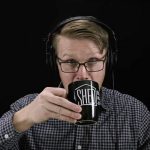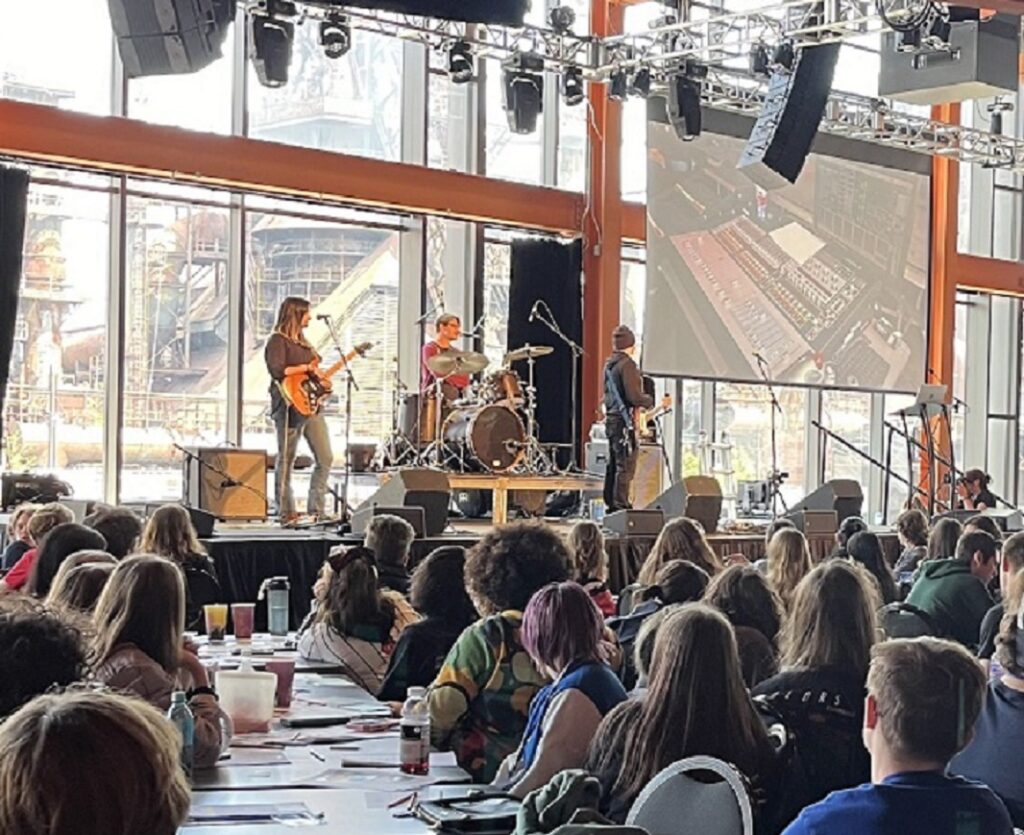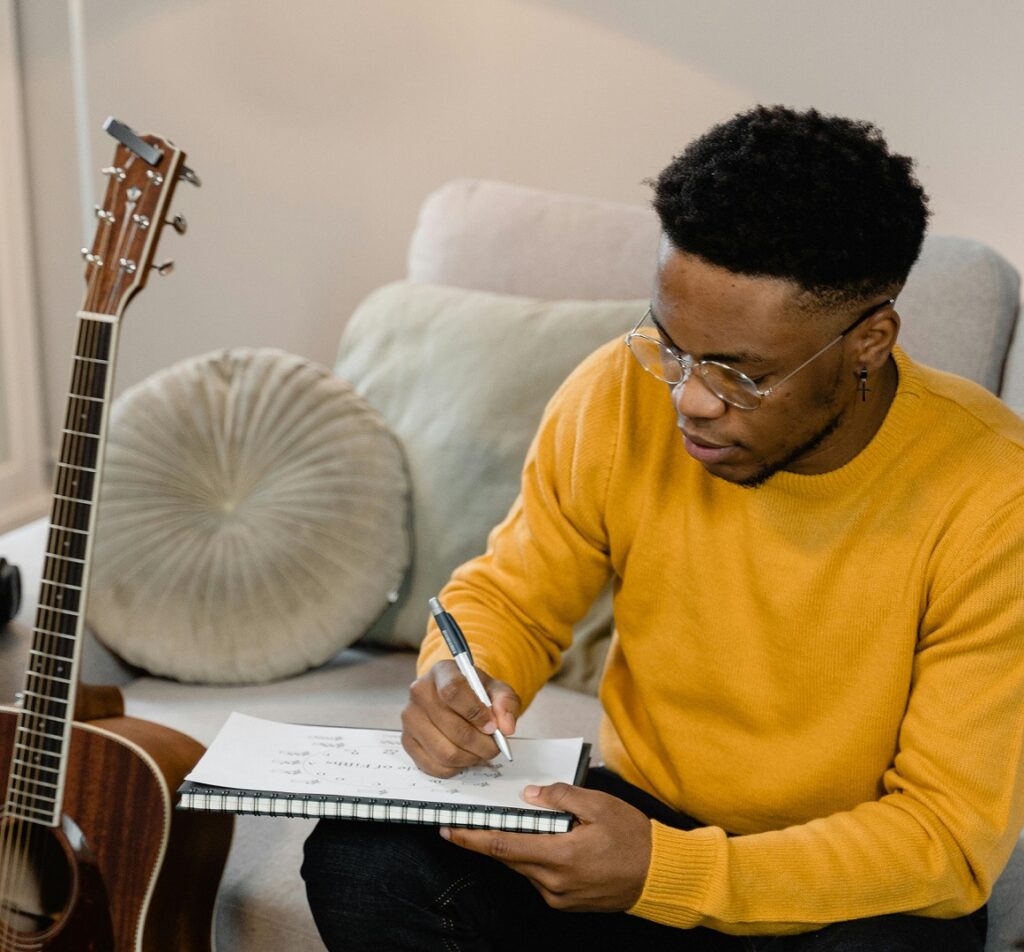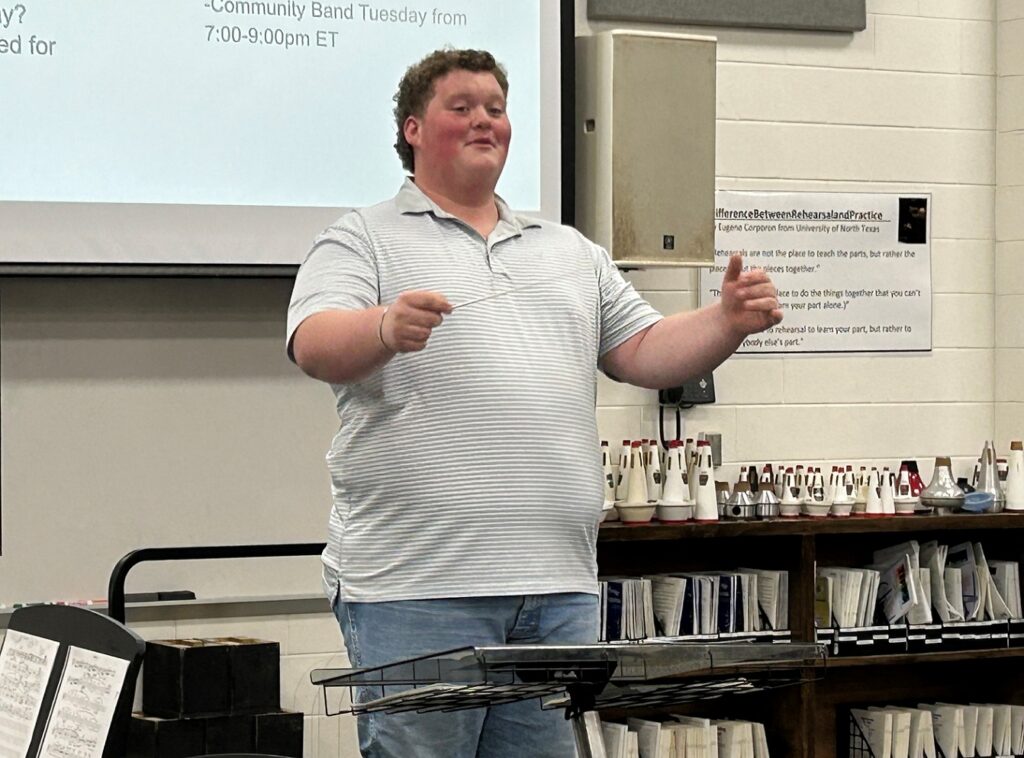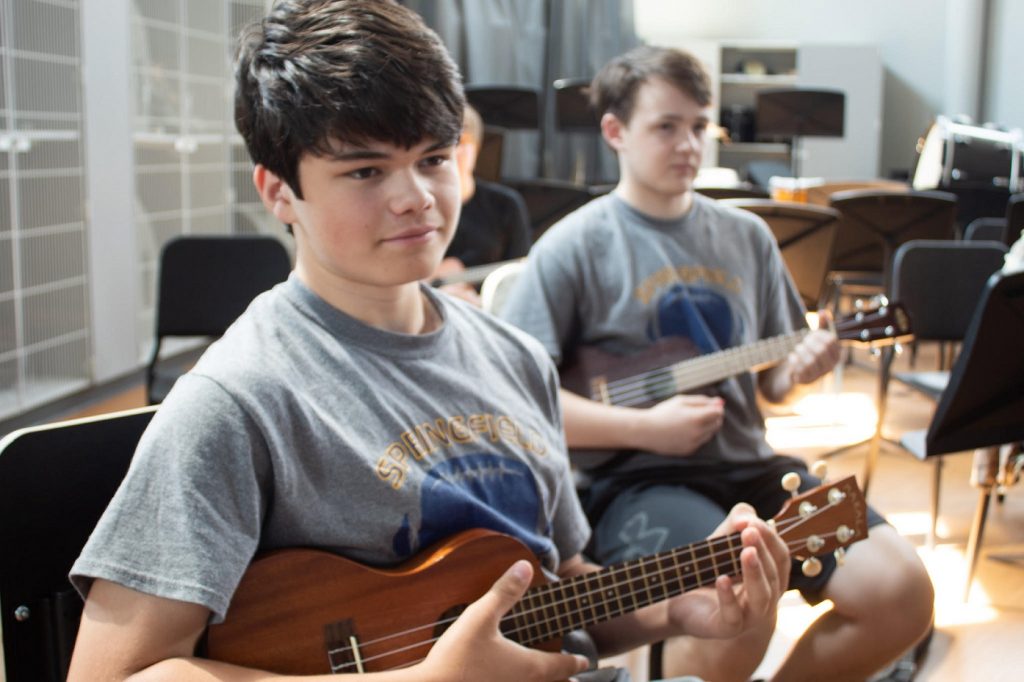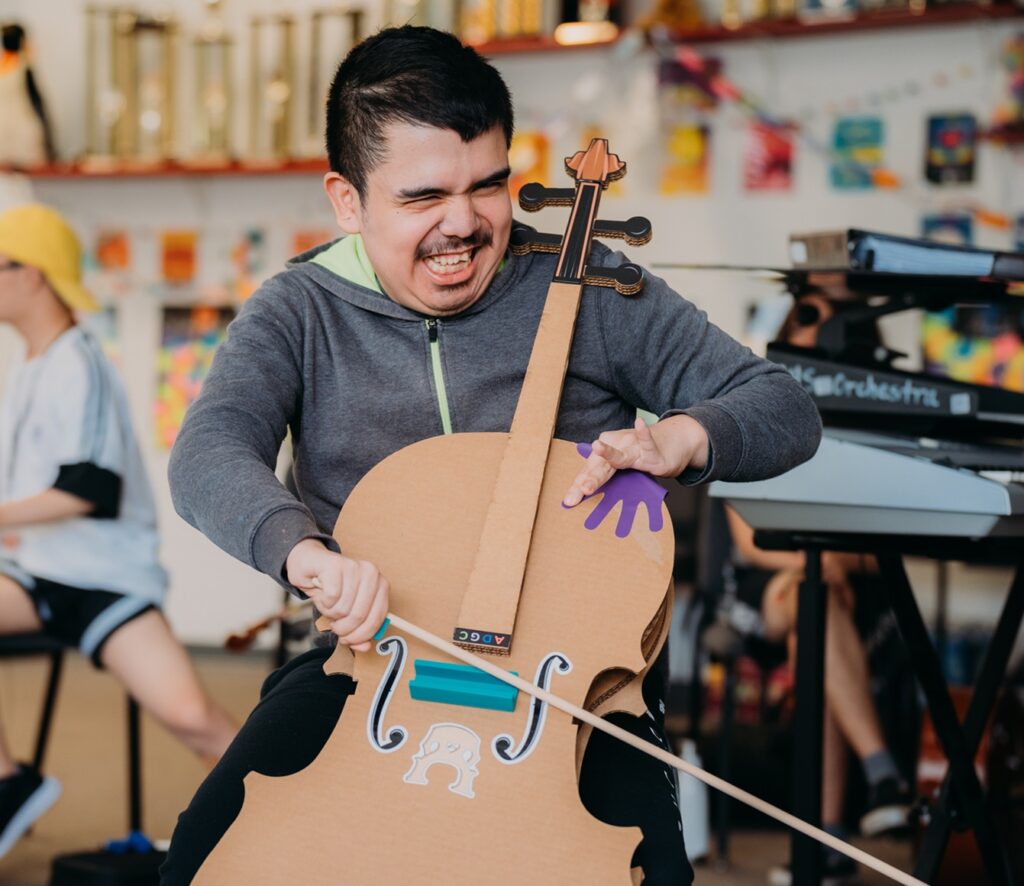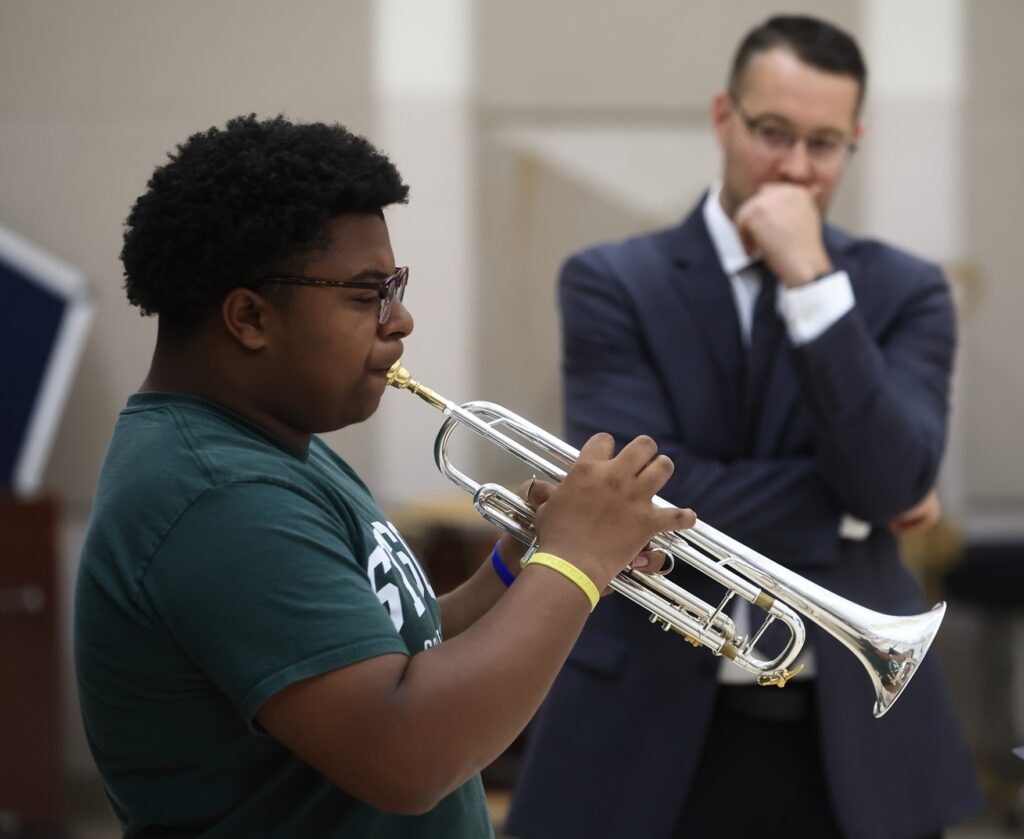Tagged Under:
Reach Nontraditional Students
Through music technology, guitar and modern music theory courses, a Chicago music educator has bridged the gap to “the other 80%,” students who typically do not participate in traditional music programs.
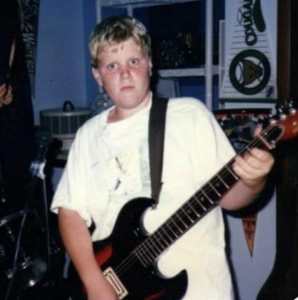
My first instrument was a guitar case. I would pretend to play it around the campfire while my dad and his friends strummed real guitars and sang songs. It took me a couple years to learn the guitar, but the joy of playing with my father set me on my musical journey.
Throughout elementary school, I formed bands and played mini shows. My 5th-grade Christmas present was a Tascam 8-track recorder and a couple of Shure SM57s, which sparked my passion for writing and recording. When it came time to join band in elementary school, I signed up right away because I loved music, but I never felt like I belonged. In school, we recreated music from long ago, while outside of school I wrote, played and recorded with rock, metal and punk bands — where I felt I could truly be myself, playing my own music.
I went to college to become a music educator and eventually began teaching as a general music teacher at Oak Lawn Community High School in suburban Chicago. One day, I noticed students playing guitar in the breezeway between the band and choir rooms, and I was taken back in time. These students and many more were like me — we loved music but didn’t feel comfortable participating in traditional school ensembles.
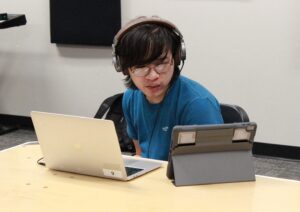
Guitar, Music Theory and Music Production Classes
At that moment, I vowed to create a space for these students. We started with a guitar ensemble club that met after school. Eventually, I took over the Guitar 1 classes, added a second-level guitar class and created a year-long course called Guitar Studio that students can take for multiple years. This culminated in a full four-year sequence for guitar players, where they learn not only the instrument but also genres ranging from classical and jazz to rock and funk. I believe it’s important to show students how to play the music they love and to give them the tools to write their own music. Incorporating songwriting into these classes has significantly increased student engagement.
In addition to the guitar classes, I aimed to enhance musicianship beyond traditional theory by providing functional music theory that students can use to play jazz, arrange their own songs and write music. This led to the creation of our Honors Modern Music Theory classes.
Today, we offer two levels each of Honors Modern Music Theory, Music Production and Piano, along with the full four-year guitar sequence. In the introductory level of these courses, students learn drums, bass and chords on their respective instruments, giving them the foundation to perform in any role within a band’s rhythm section. We form bands in class, record songs together and even establish songwriting cohorts. The universal level of knowledge among these students enables meaningful collaboration and group formation.

Weekly Concerts
Last year, we launched a weekly concert series — The Morning Show — held on Friday mornings in our media center. The concerts have been a huge success. Students interested in running the shows formed a club called Morning Show Media, which now functions as our student-run entertainment label. Representatives from each act meet with the team to discuss setup, lighting, sound and promotion for the show. On show day, students run sound, manage lights, record the performance using our mixer, and we post the recordings on social media.
I feel blessed to be a part of this process. When students work with their peers on music they love, they become intrinsically motivated and even practice outside of school. I heard last week about this metal band who has a weekly gig at a coffee shop. My students went there, brought a demo tape and now they play there every Thursday. How cool is that!
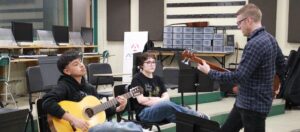
Director-Facilitated Ensembles
In addition to our student-run groups, we offer two director-facilitated ensembles that perform covers and originals with a high-level excellence. We take these ensembles to local performances; last year, one group played at C2E2 — the Midwest version of Comic-Con — and later at the Illinois Music Education Association State Festival.
When I see these students, I see my younger self — they represent the other 80% of students who aren’t in traditional music ensembles. It all started with a before-school jam, and now we have a full student-run entertainment label and host the Illinois Commercial Music Fest! The guitar/music theory/music production program has engaged more students and changed the culture of Oak Lawn Community High School. Seeing the transformative power of music, and its positive impact on students’ lives has been rewarding and inspirational.
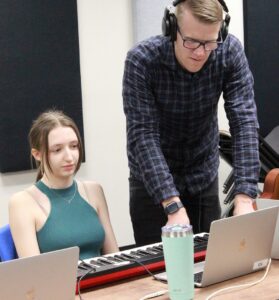
Try It for Yourself
I recognize that not every school has the flexibility or expertise in commercial music to develop the proper curricula. That’s why I developed a curriculum hosted on my online platform, ShedtheMusic, to support guitar, music theory and music production. These courses are used at our school, and most lesson resources are accessible on student devices, which allows teachers to focus on meaningful interactions that help students achieve their creative goals.
Our newest course, Electronic Music Elements, was developed in collaboration with Eric Jao (DJ Enferno). It uses Soundtrap’s non-performance-based tools to enable students of any background to succeed in composing and recording their own music. I’ve witnessed students with developmental disabilities, those who typically struggle to connect with peers, and even experienced musicians thrive in this program. It fills my heart with joy to see students connect with music the way I did as a child — whether they become all-state trumpet players or simply discover an interest in creating music.









